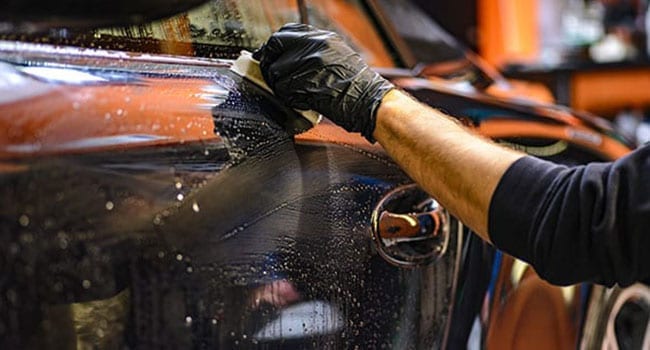 The closure of a General Motors car plant in Oshawa, Ont., will mean the loss of 2,500 jobs. This serious loss has generated much weeping, wailing and gnashing of teeth.
The closure of a General Motors car plant in Oshawa, Ont., will mean the loss of 2,500 jobs. This serious loss has generated much weeping, wailing and gnashing of teeth.
Of course, we in the West wonder why the tens of thousands of jobs that have been and are continuing to be lost in the energy sector don’t seem to weigh nearly as heavily on our leaders and the media.
Perhaps it’s because there’s an easy and obvious way to increase markets, prices and jobs in the energy industry: build pipelines.
That this hasn’t been done yet causes great harm.
The solution for the job losses in the car industry is not quite so simple. Subsidizing the plant to remain open or providing incentives for a replacement factory may offer employment and appear to work in the short run. But such strategies deal with the symptoms and not the root problem.
There are two major issues that need to be dealt with. One affects the car industry and the other is about the workers.
Many people (including, I fear, U.S. President Donald Trump) still think of the auto industry as it was in the last century. Production lines haven’t changed significantly since Henry Ford was producing Model Ts. Those first factories churned out large numbers of almost identical cars for a growing market using large numbers of moderately skilled workers.
Ford’s famous remark that you could have any colour you wanted as long as it was black testifies to the market’s acceptance of undifferentiated vehicles. Even when the colour choice broadened, car factories could only produce one type of vehicle per line. New models required extensive and expensive shutdowns and retooling.
This still describes the Oshawa plant.
Car factories in Europe look very different. Production lines have become much more automated and flexible. Not only can vehicles of different sizes and shapes be made continuously on the same lines, but these autos can have different propulsion systems. Traditional gasoline engines can be replaced with hybrids or all electrical models. Driving can be totally or partly automated.
So the demands of a much more discriminating and shrinking car market can be met.
Changing production methods requires a different and often smaller labour force.
The workers in Oshawa now facing unemployment have learned the hard way that there’s no security in yesterday’s jobs.
Instead of using scarce resources trying to bring back last century’s jobs, workers need to be prepared for the jobs of today and tomorrow. The first step is convincing people, starting with Trump, that the old jobs aren’t coming back.
Plants or factories will be much more automated and will hire fewer workers. Those workers will be more highly skilled and better paid.
Because labour is a smaller share of overall costs, more operations are likely to come back to North America. Now all we have to do is make sure that our workers can staff those operations.
The Oshawa workers will greatly improve the odds of re-employment by upgrading and adding to their skills, especially in technical or technological fields. Professional technologists keep our complicated, inter-connected world running and we don’t have nearly enough of such people.
In addition, an entrepreneurial attitude will serve workers well. With such a mindset, they can start a small business or sell their technical abilities to companies that are increasingly contracting out services rather than hiring staff.
For some in Oshawa, that may mean moving to find better opportunities.
Some (hopefully not too many) may be too old and too long out of school to make these big adjustments. Various income assistance programs should be used to carry them through to pensionable age.
Finally, let’s take steps to avoid such problems in the future by teaching our young people to always know what they can do next and giving them the skills and attitudes they need to prosper in a rapidly changing world.
Troy Media columnist Roslyn Kunin is a consulting economist and speaker.
The views, opinions and positions expressed by columnists and contributors are the author’s alone. They do not inherently or expressly reflect the views, opinions and/or positions of our publication.

